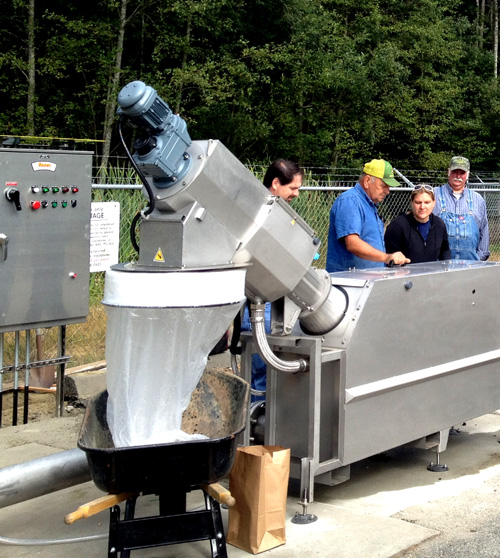
A city’s water and sewer system is arguably one of its most important features. The old adage “nobody pays attention to the garbage man until he’s gone,” rings with a familiar note as it relates to the proper functionality of a city’s or municipality’s water and sewage system. If it doesn’t work properly, there are potentially huge negative impacts to the residents. Today we take a closer look at a single piece of a city’s water distribution and sewer system which is especially vital for the continued health and efficiency of a city’s fluids infrastructure. That single part is called “Headworks.” In the professional realm of civil engineering, the term, “Headworks” generally describes any structural component within a water distribution system at (or toward) the head (or beginning) of a reception or diversion (split) point in the system. In “layman’s terms,” it’s the piece in the system which adjusts the flow of water (or sewage). A headwork can accomplish many functions and tasks within a city’s water system. A headwork can lower and raise the quantity of water in a stream or river. It can control the intake and outflow of water in and out of the city’s reservoirs, retention ponds, and canals. It can control the introduction of silt, sand, and other foreign material into any of the previously mentioned water structures. Water storage is another function which a headwork performs. There are traditionally two main categories of headworks used by municipalities, counties, and cities. They are: Diversion, and Storage. The main components which comprise headworks generally are the following: River Training Works, Diversion Wall, Silt Mitigation Device, Attitude Canal, Weir or Barrage, Fish Ladder, and a Canal Crown Controller. One of the most important features the headwork accomplishes is at the commencement of a sewer and/or wastewater treatment process. The headwork is generally placed at the beginning of the first stage of the complex treatment process. The headwork acts as a filter of sorts, and can significantly reduce the quantities and levels of pollutants from the incoming effluents streams. The removal of inorganic items is critical for the longevity of a municipal system, and ensures that wear and the potential for damage is significantly...



